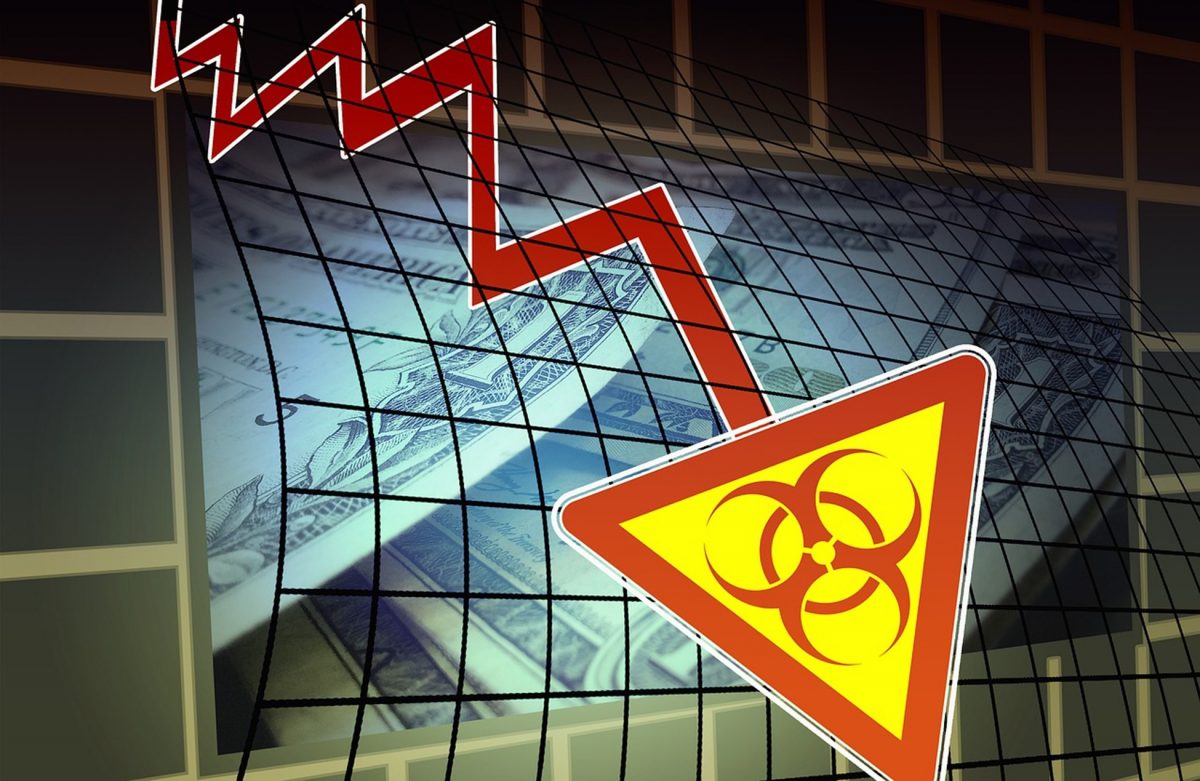What is the true condition of the American economy?
Despite the rosy forecast being portrayed by the White House and its media supporters, there are deeply troubling facts that cannot be ignored.
The National debt stands at an unprecedented and unmanageable $34 trillion. Upon Biden’s inauguration on Jan. 20, 2021, the total federal debt was $27,751,896,236,414.77. The President claims he addressed that by cutting the deficit by $1.7 trillion. A 2023 CNN analysis tells a different story. “Biden’s boast leaves out important context. It is true that the federal deficit fell by a total of $1.7 trillion under Biden in the 2021 and 2022 fiscal years, including a record $1.4 trillion drop in 2022 – but it is highly questionable how much credit Biden deserves for this reduction. Biden did not mention that the primary reason the deficit fell so substantially was that it had skyrocketed to a record high under Trump in 2020 because of bipartisan emergency pandemic relief spending, then fell as expected as the spending expired as planned. Independent analysts say Biden’s own actions, including his laws and executive orders, have had the overall effect of adding to current and projected future deficits, not reducing those deficits.”
The current White House has actually taken actions that dramatically increase deficit spending and the national debt. A prime example was the mislabeled $2 trillion stimulus package, which was less about infrastructure than providing a very big bone to environmental extremists within his party.
Biden also alleges that he done well in addressing employment. A House Budget Committee analysis tells a different story. : Nearly 72 percent of all job gains since 2021 were simply jobs that were being recovered from the pandemic, not new job creation. In fact, when looking at today’s economy compared to pre-pandemic levels, employment is up only by 3.7 million. On the other hand, prior to the pandemic, job creation under the prior administration was 6.7 million—3 million more jobs than the current President. Further, Wages Are Not Keeping up with Biden’s Inflation Crisis. Real wages are down over 5 percent since President Biden entered the Oval Office.
The Independent Women’s Forum explains the issue: “Cumulatively, somewhere around 13.5 million jobs have been added since January 2021. However, most of those were recovered jobs in that they returned after pandemic closures and restrictions came to an end. Across industries, people were rehired when their shuttered workplaces were reopened or after remote workers began to return to their offices. According to congressional analysis, that amounted to a whopping over 70% of the jobs in 2021.”
In addition to all that, some of the jobs have been government employment. The Wall Street Journal reports that “Public-sector jobs at the federal, state and local level have risen by 327,000 positions so far in 2023, according to the Bureau of Labor Statistics. That is approaching one-fifth of all new American jobs created in the first eight months of the year. In contrast, public-sector jobs accounted for 5% of employment growth during the equivalent period last year. Government agencies have boosted funding for new hires and have dangled richer perks. This year’s growth in public-sector jobs represents the highest share of overall U.S. payroll gains since 2001, when the government hired masses of workers focused on public safety after the 9/11 terrorist attacks”
Lately, the White House has claimed “success” in fighting inflation, The current inflation rate is 3.4%, But that snapshot view masks the true problem. Cumulative inflation under President Biden grew is at 17.1 percent. A family of four is paying $15,133 per year, or $1,261 per month, more to purchase the same goods and services compared to the day President Biden took office. This a problem substantially created by his Administration, a result of his attack on affordable energy. Imagine visiting your doctor for a fever, which jumped from 98.6 to 102. He tells you not to worry even though you are now at 105, but its ok because it’s going up more slowly!
Just as the national debt and government spending have exploded, so too have the problems faced by families. The Heritage Foundation summarized the impact in four statistics: Real disposal income per capita has reduced 7.5%, home ownership affordability is down 36.3%, credit card debt is up 38.7%, and monthly savings are down 79.3%.
A CNET report from the Federal Reserve on Household Debt and Credit noted that “In August, the Federal Reserve Bank of New York released its Household Debt and Credit Report for the second quarter of 2023 with one particularly eye-popping statistic: Americans had surpassed a combined total of over $1 trillion in credit card debt. Three months later, the balance had already gone up an additional $48 billion.”
A recent Fortune article noted that “A new report by Bankrate found that 35% of U.S. adults carry credit card debt from month to month, up from 29% last year and 46% of credit cardholders carry debt from month to month on at least one card, up from 39% last year.”
